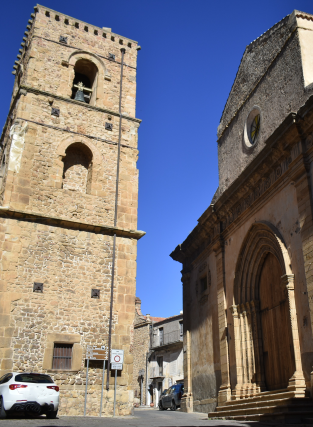
Tusa
Tusa Tourism
The tourist vocation for the municipality on the northern Sicilian coast already defined by Cicero as the "One of the richest cities in Sicily" in Roman times.
In the heart of the province of Messina, along a coastline silhouetted between sea and mountains, lies Tusa, a small town that hides a thousand-year history and a natural charm capable of winning over even the most demanding tourists. Although often underestimated compared to other, better-known destinations in Sicily, Tusa is slowly emerging as an intriguing destination for those who wish to discover authentic places, far from the big tourist flows.
A Glorious Past
The first evidence of the existence of a settlement in the area dates back to 403 B.C. when the city of Halaesa Arconidea was founded by Arconides, lord of Herbita. In 339 BC. Halaesa became part of the symmachia, a Siculo-Greek military alliance desired by Timoleon to free Syracuse from tyranny.
Later, in 264 B.C. at the outbreak of the First Punic War, Halaesa made an alliance with Rome. As a result of this alliance it had the privileges of being exempt from paying tithes, electing senators and magistrates, and governing itself independently. Under Augustus it became a Roman "Municipium." In imperial times it underwent a gradual decline, which reached a climax when it was sacked by the Arabs in the mid-9th century.
In 846 after a violent earthquake, almost the entire population abandoned Halaesa and moved not far away to the place where the Borgo di Tusa stands today. The place name "Tusa" derives from the Arabic tasa with the meaning of "new, recent."
Tusa continued to prosper because of its fertile valley and favorable location for maritime trade.

